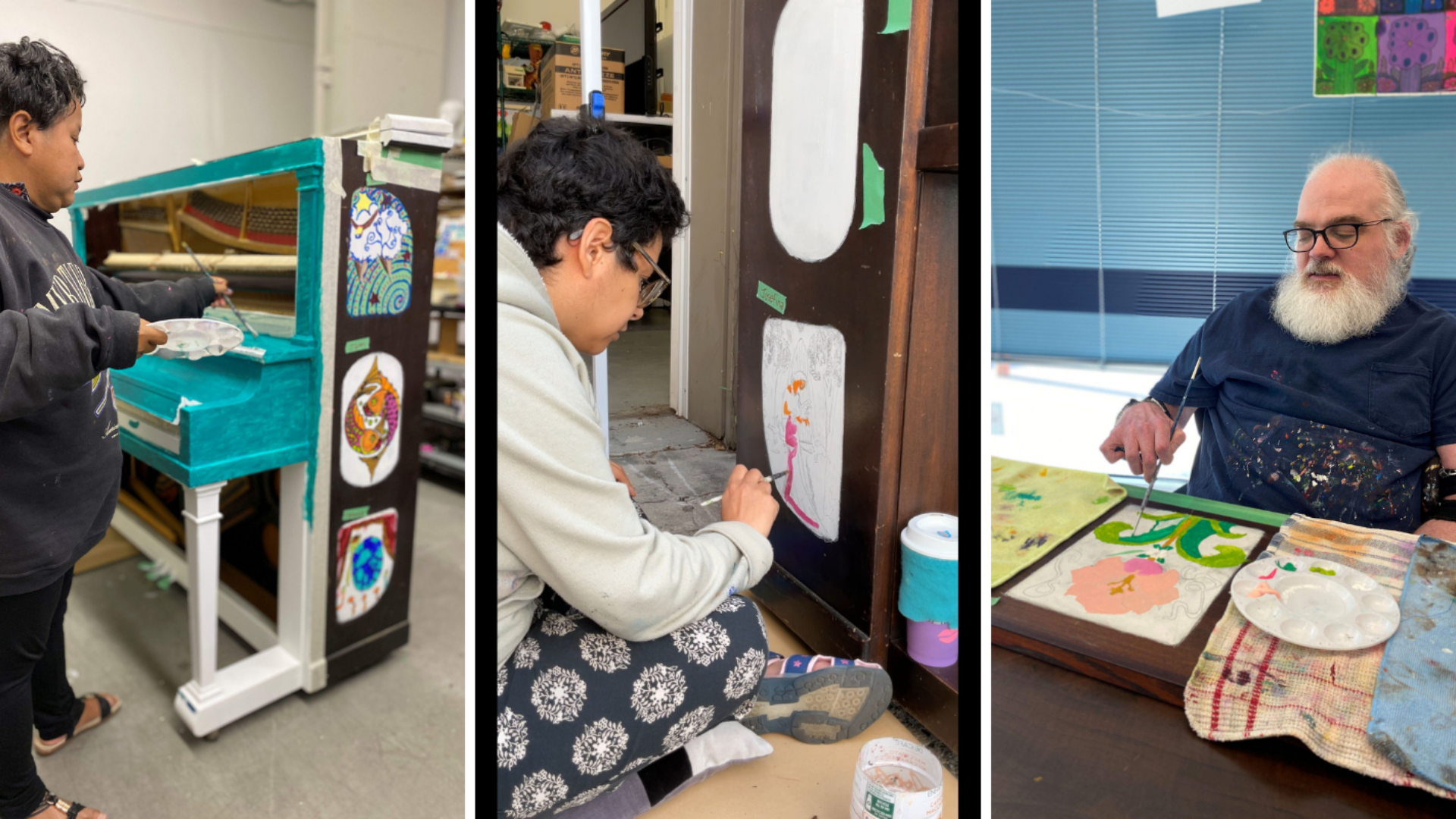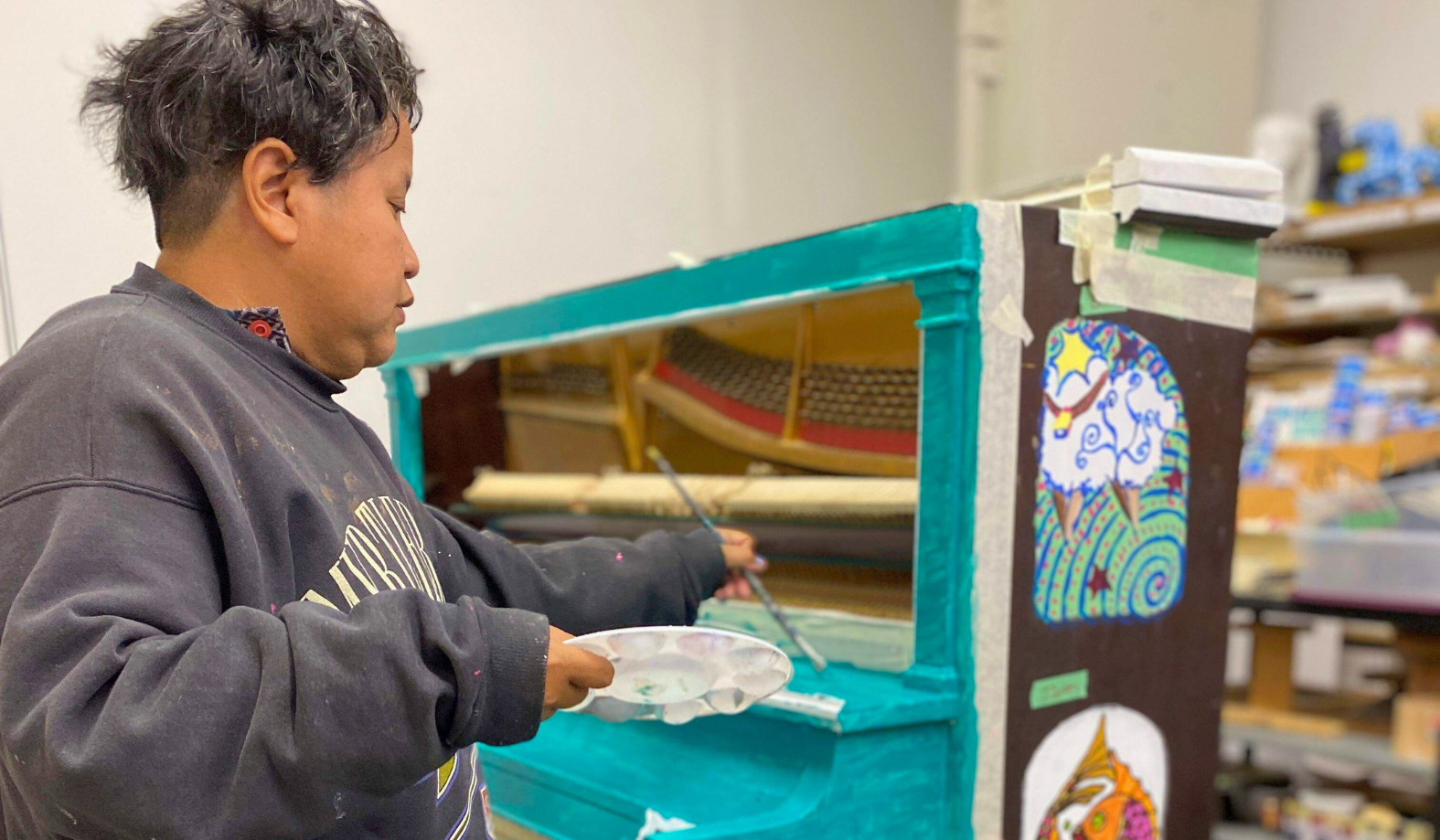How to Open a Registered Disability Savings Plan (RDSP) in British Columbia
Introduction:
The Registered Disability Savings Plan (RDSP) is a powerful financial tool designed to support individuals with disabilities in building a stable financial future. By contributing to an RDSP, individuals can benefit from long-term savings that grow with tax-deferred earnings, government grants, and bonds. This plan not only provides a safety net for future needs but also helps individuals achieve greater financial security and independence.
Step-by-Step Guide
Ensure Eligibility:
To open an RDSP, you must first meet specific eligibility criteria:
- Disability Tax Credit (DTC): You need a valid DTC certificate to qualify for an RDSP. This ensures that the RDSP is used to support those with disabilities as defined by the Canada Revenue Agency.
- Residency and Age: You must be a Canadian resident and under 60 years old when you open the RDSP. The plan can remain active until age 59.
Choose a Financial Institution:
Selecting the right financial institution is crucial for managing your RDSP effectively. Look for banks or credit unions that offer comprehensive RDSP services.
When choosing an institution, consider factors such as fees, investment options, and customer support. Discuss your RDSP options with a financial advisor to ensure you select a plan that aligns with your financial goals and needs.
Open the RDSP Account:
Once you’ve chosen a financial institution, you can open your RDSP account. Here’s what you’ll need:
- Identification: Provide personal identification such as a BC Services Card or driver’s license.
- DTC Certificate: Ensure you have a copy of your valid DTC certificate.
- Additional Documentation: Depending on the institution, you may need to provide proof of residency or other personal documents.
Tips for Discussing RDSP Options with a Financial Advisor:
- Clearly outline your financial goals and expectations.
- Ask about different investment options available within the RDSP.
- Inquire about fees and charges associated with managing the RDSP.
Contribute to the RDSP:
Contributing to your RDSP is a vital part of building your savings. Here’s what you need to know:
- Contribution Limits: You can contribute up to $200,000 to an RDSP over its lifetime. Annual contributions are not capped but consider regular contributions to maximize growth.
- Government Grants and Bonds:
- Canada Disability Savings Grant (CDSG): The government will match your contributions up to a certain amount each year. The matching rate depends on your family income.
- Canada Disability Savings Bond (CDSB): If you have a low or modest income, you may receive a bond of up to $1,000 per year, regardless of contributions. The financial institution managing your RDSP will automatically apply for the CDSB on your behalf. The bond is deposited directly into your RDSP based on the income information provided in your tax return.
Manage and Grow the RDSP:
Effective management of your RDSP is key to maximizing its benefits:
- Investment Options: Explore different investment options available through your RDSP, such as mutual funds, GICs, or stocks.
- Regular Contributions: Make regular contributions to take full advantage of the government grants and bonds.
- Withdrawals: Be aware of the rules governing withdrawals, as they can affect the amount of government grants and bonds you receive. Typically, withdrawals should be planned to ensure the longevity of your savings.
Conclusion:
Opening a Registered Disability Savings Plan (RDSP) is a proactive step toward securing your financial future. By taking advantage of the RDSP’s benefits, you can better create a stable financial foundation and access valuable government supports. We encourage you to consult with a financial planner to tailor your RDSP strategy to your personal needs and goals. The Garth Homer Society is committed to providing information and resources to support independence and long-term security. However, this blog series is intended for informational purposes only. The content is not to be considered legal or financial advice, as the Society does not provide financial advisory services.











